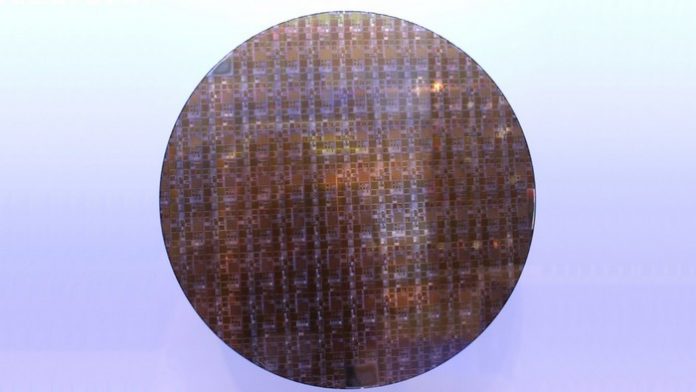If you have not heard about Gallium Nitride (GaN), chances are you will soon. GaN is the important new technology that is poised to become mainstream in the near future.
Gallium Nitride is a chemical compound that has semiconductor properties. Semiconductors are what made it possible to make electronic devices smaller and exponentially powerful. Today, semiconductors are largely made of silicon.
However, after decades of incremental advancements in silicon technology we are now reaching a theoretical limit on how much silicon can be further improved. This is exactly where gallium nitride steps in. Gallium nitride is a relatively new chemical compound that has only recently been considered for use in semiconductors. Like every ideal successor, GaN brings in a range of improvements over silicon.
For instance, GaN has a wider band-gap than silicon so energy can pass through it more easily. In fact, it over a thousand times the electron mobility of silicon. The wider band-gap also allows GaN to sustain higher voltages and current can flow faster. In addition, GaN can withstand higher temperatures that allow designers and manufacturers greater freedom in design and production. Energy loss is also significantly less in GaN which makes it more efficient. This lets manufacturers pack more of GaN in a smaller area. In layman terms, this will lead to even smaller devices.
While GaN appears an obvious upgrade over silicon, GaN is more expensive than silicon and it is going to be a while before every manufacturer makes the switch. Although, companies are already researching how to make the technology more affordable, replacing silicon will require companies to invest resources in either making existing manufacturing facilities suitable to manufacture GaN or build new facilities altogether.
There is also a technical reason why GaN is not commonly used in transistors. GaN has been traditionally used in the optoelectronics industry (such as LEDs). But unlike LEDs with their single channel of output and input, transistors have two sources of input. This depleted nature of GaN transistors is a hurdle that needs to be overcome too. While there already are ways to overcome this, they rely on typical silicon transistor technology, or have to make use of additional special layers which make them hard to shrink. Some companies are already developing methods to counter this problem.
Currently, the key characteristics of GaN — offering better thermal and power efficiency in a smaller area when compared to silicon — make it more viable in some particular applications. First of which is fast charging technology. Unlike earlier smartphones and other daily use devices, charging technology now feature 30W, 40W or even 65W chargers. But this push in wattage has led to an increase in the sizes of chargers, making them increasingly unwieldy.
To combat this, third-party manufacturers are now making use of GaN to offer chargers with similar higher wattage in a package that is not only two-thirds smaller than existing chargers but also runs cooler.
Another avenue that seems perfect for the use of GaN tech is 5G wireless technology. The millimeter wave (mmWave) higher frequency bandwidth that 5G operates demands more power, which is why 5G smartphones do not fare too well when it comes to battery endurance. The mmWave technology makes use of the largely unused spectrum between 24Ghz and 100Ghz. But unlike the current sub-6Ghz frequencies, mmWave need high directional beamforming technology to efficiently deliver reception.
Such power-hungry 5G equipment could make use of the more efficient GaN tech that not only dissipates heat more effectively but also takes less space. GaN’s ability to work in the high-frequency range makes it desirable for everything from base stations to small cell applications for 5G. Eventually, it is expected thatGaN will also make its way into mobile devices, which is when its prevalence is predicted to take off.

















